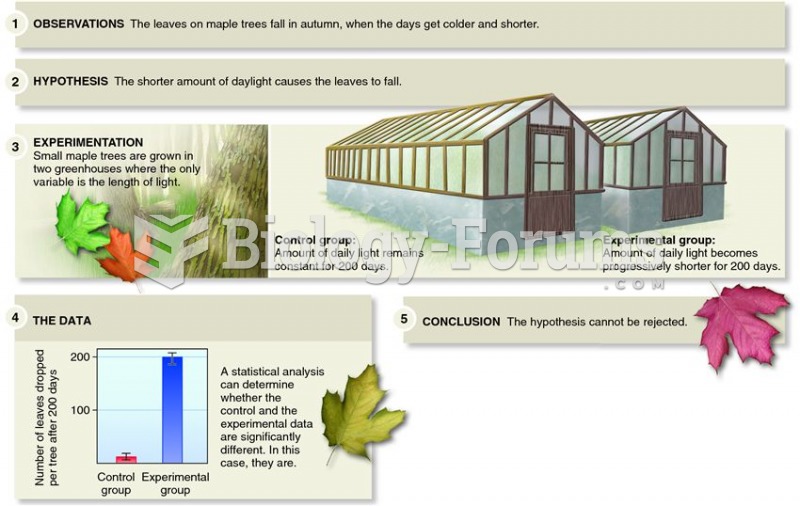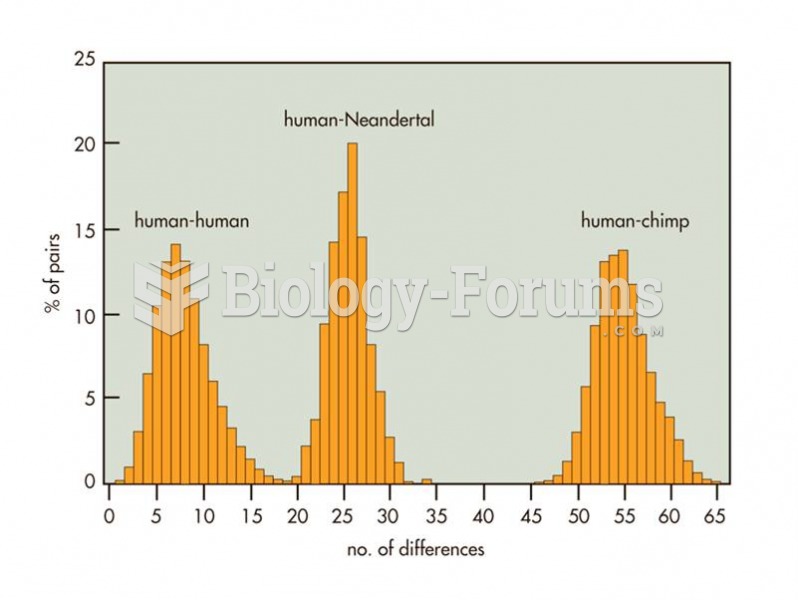Answer to Question 1
1,2,4
Rationale 1: Extensive is one of the classifications used to describe this change in drug metabolism.
Rationale 2: Poor is one of the classifications used to describe this change in drug metabolism
Rationale 3: Since this patient has a change, the metabolism would not be classified as normal.
Rationale 4: Ultrarapid is one of the classifications used to describe this change in drug metabolism.
Rationale 5: Inefficient is not used to describe this change.
Global Rationale: Extensive, poor, and ultrarapid are all classifications used to describe this change in drug metabolism. Since this patient has a change, the metabolism would not be classified as normal. Inefficient is not used to describe this change.
Answer to Question 2
3
Rationale 1: Lethargy, constipation, light sensitivity, and weight loss are not commonly associated with alcohol withdrawal.
Rationale 2: Anxiety, seizures, hearing loss, and alopecia are not commonly associated with alcohol withdrawal.
Rationale 3: Common withdrawal symptoms associated with alcohol include tremors, fatigue, anxiety, abdominal cramping, hallucinations, confusion, seizures, and delirium.
Rationale 4: Abdominal cramping may occur, but chills, pupil dilation, and lethargy are not commonly associated with alcohol withdrawal.
Global Rationale: Common withdrawal symptoms associated with alcohol include tremors, fatigue, anxiety, abdominal cramping, hallucinations, confusion, seizures, and delirium. Lethargy, constipation, light sensitivity, and weight loss are not commonly associated with alcohol withdrawal. Anxiety, seizures, hearing loss, and alopecia are not commonly associated with alcohol withdrawal. Abdominal cramping may occur, but chills, pupil dilation, and lethargy are not commonly associated with alcohol withdrawal.







